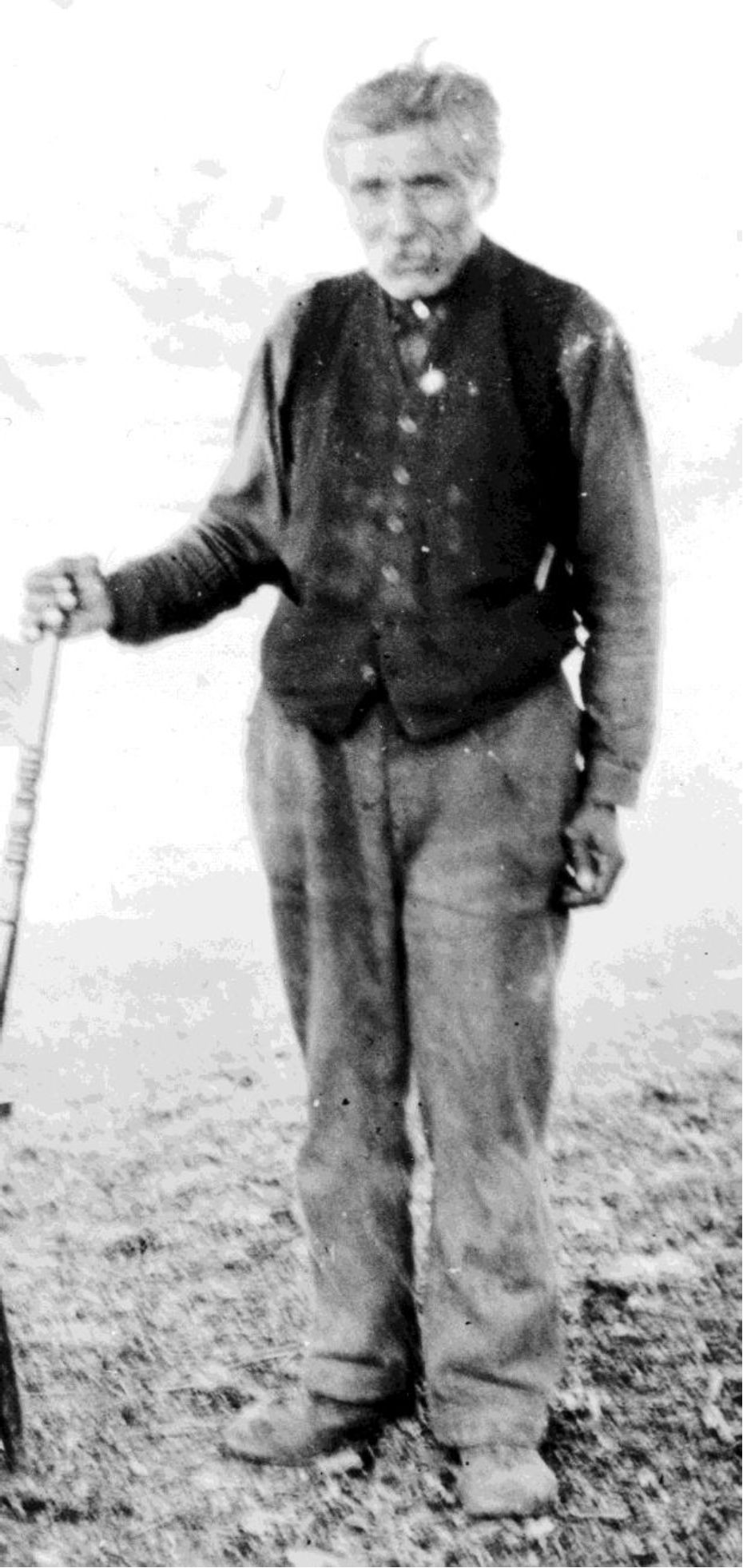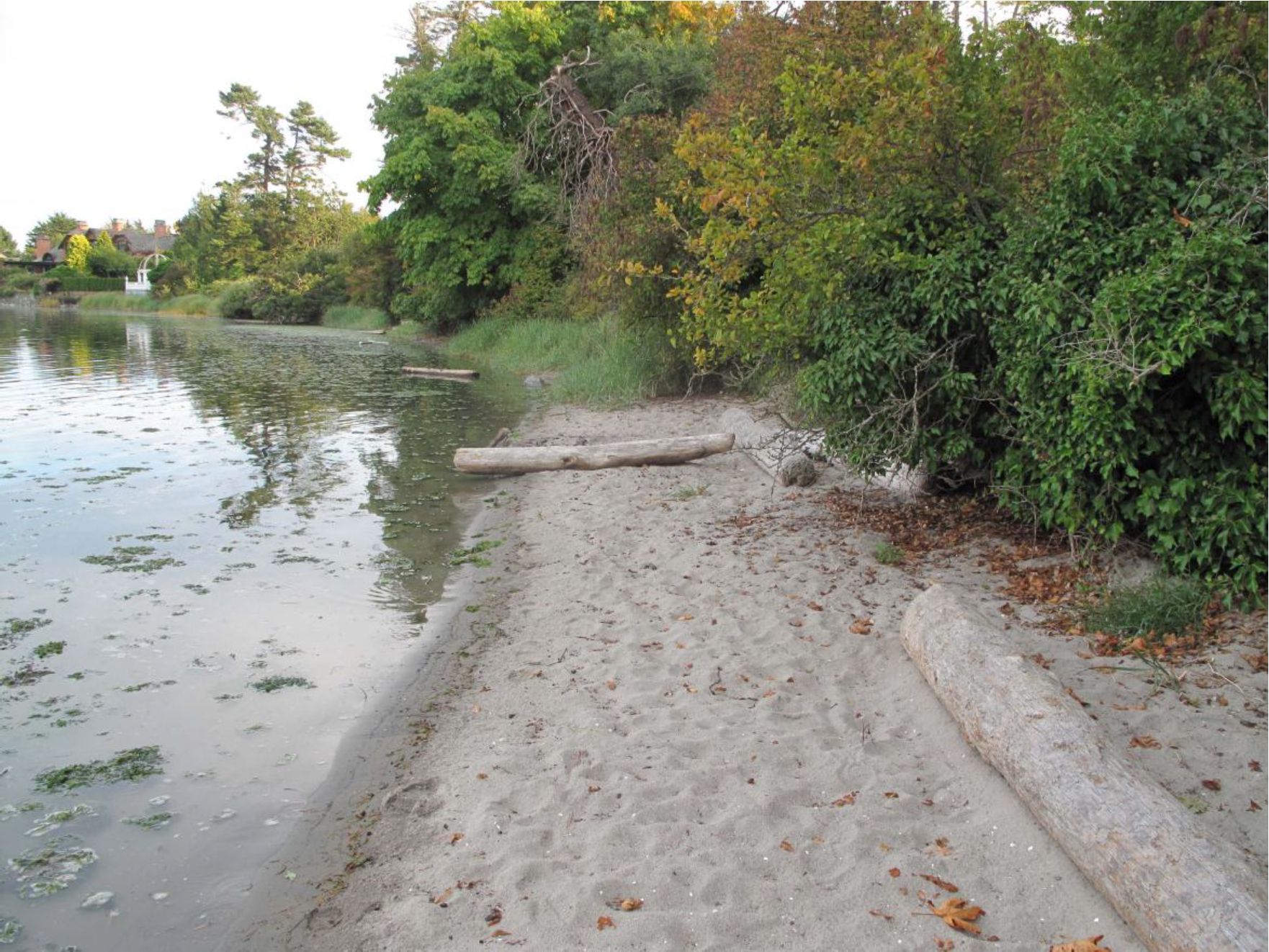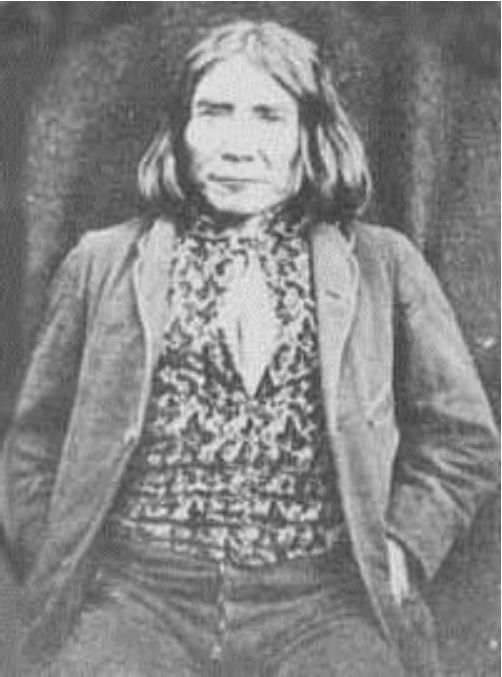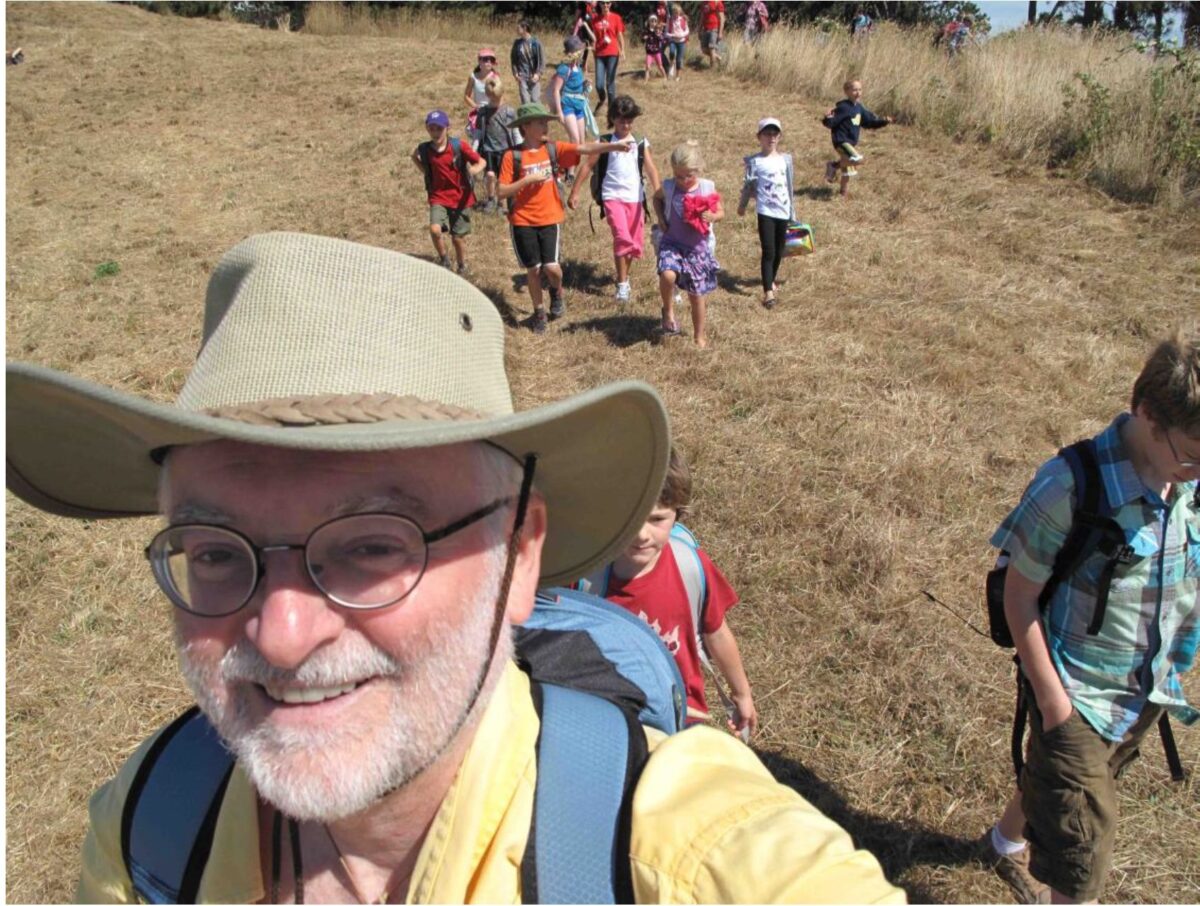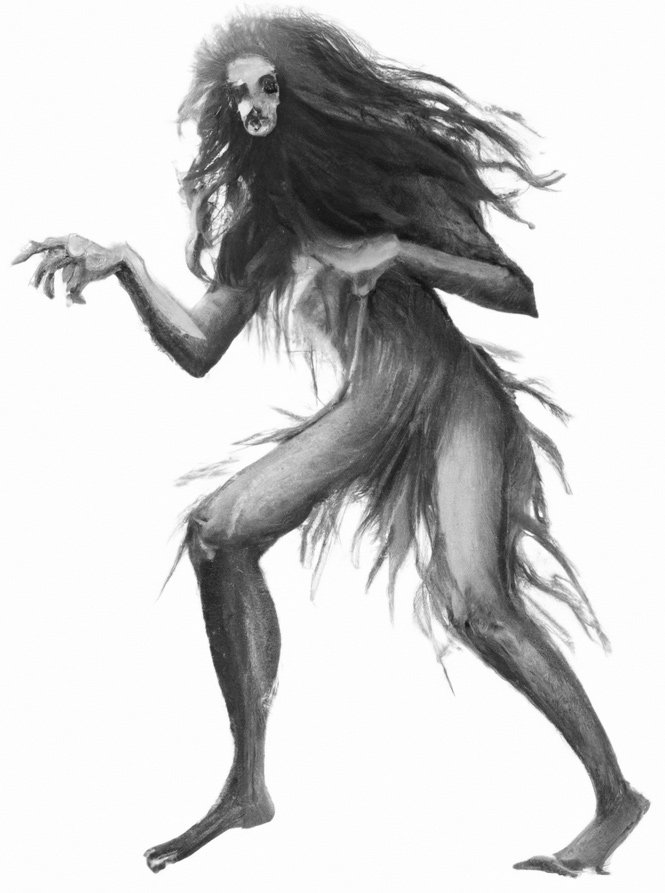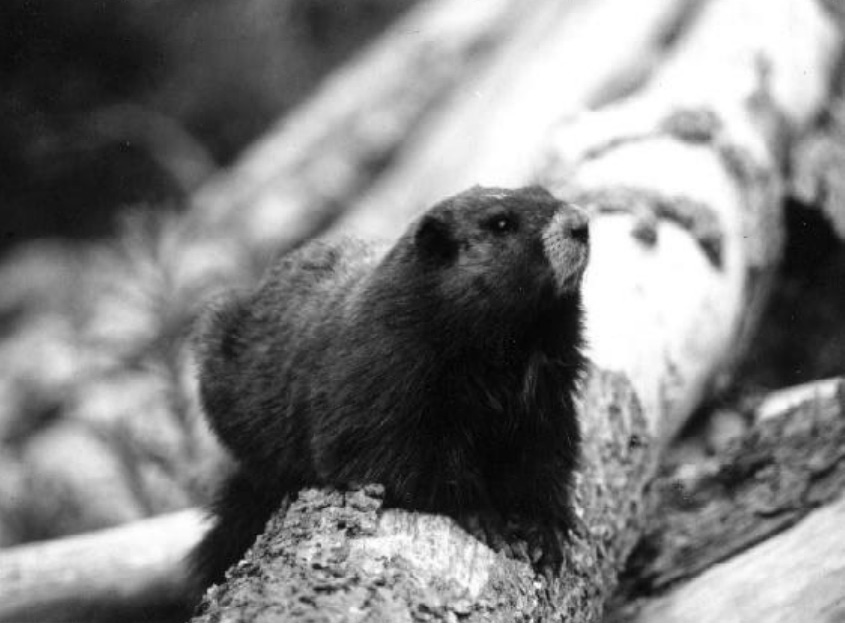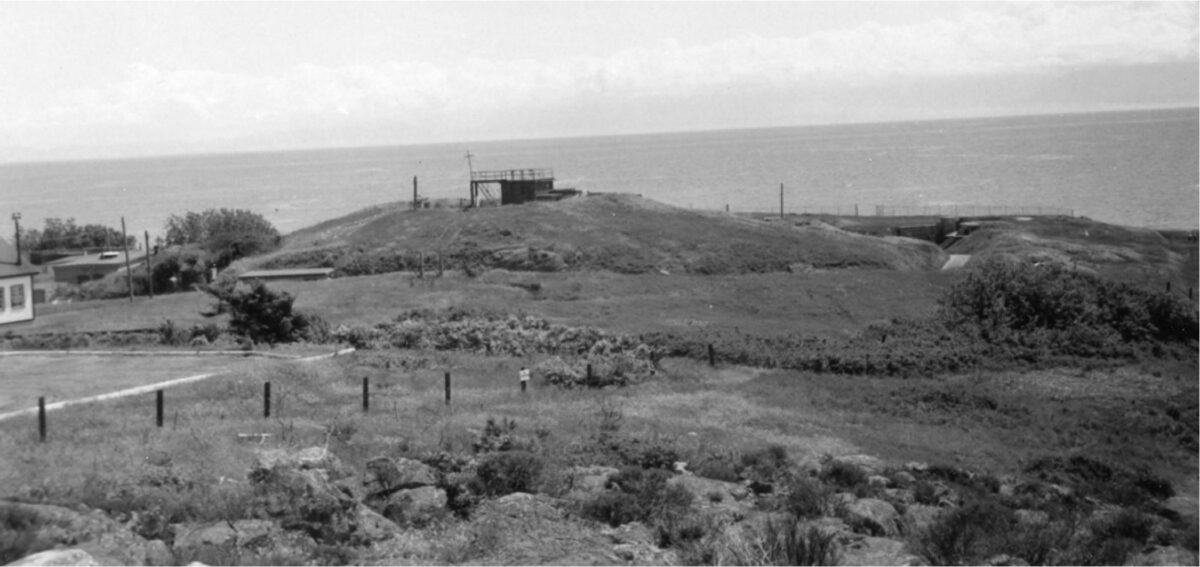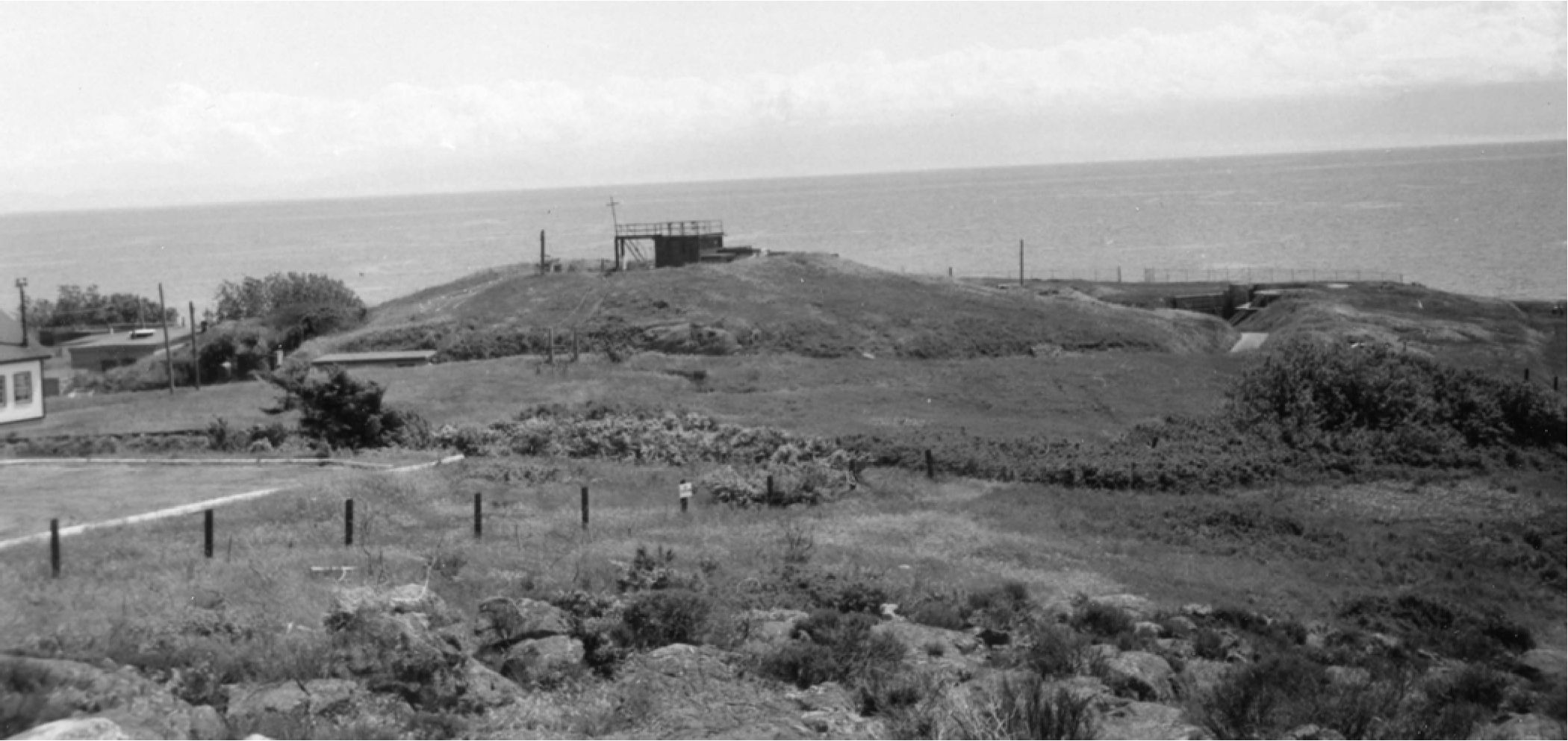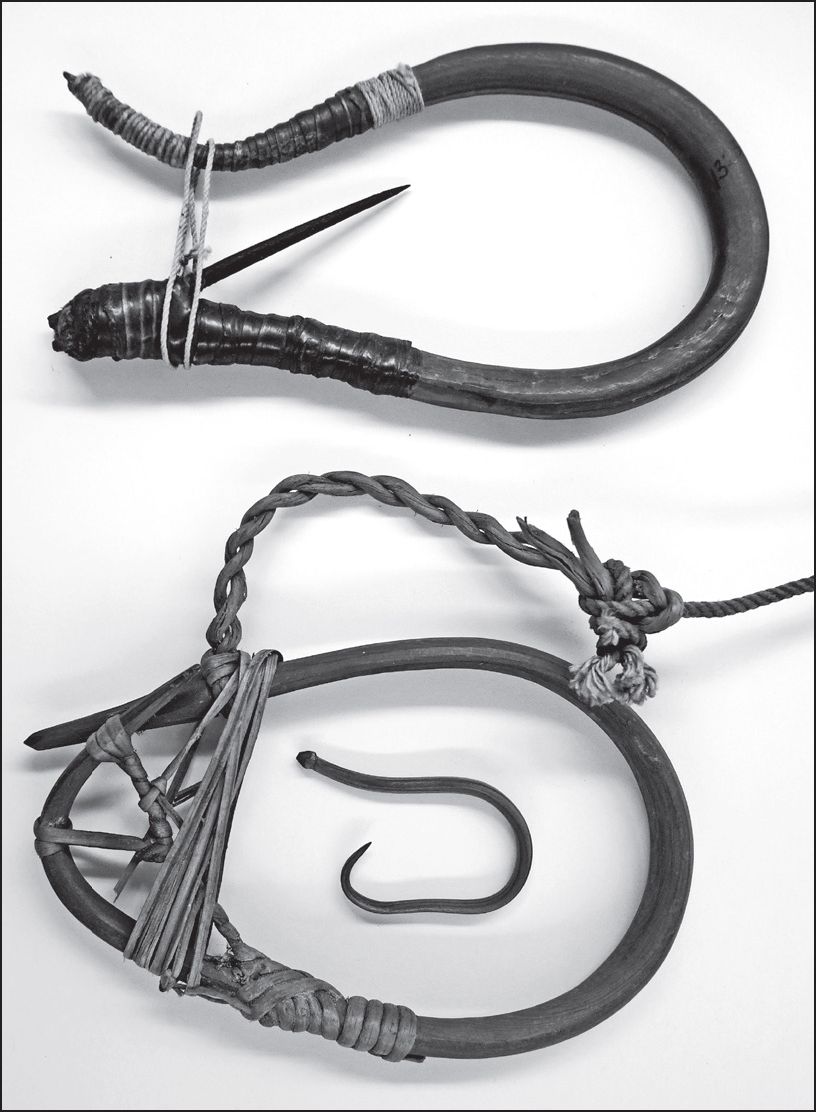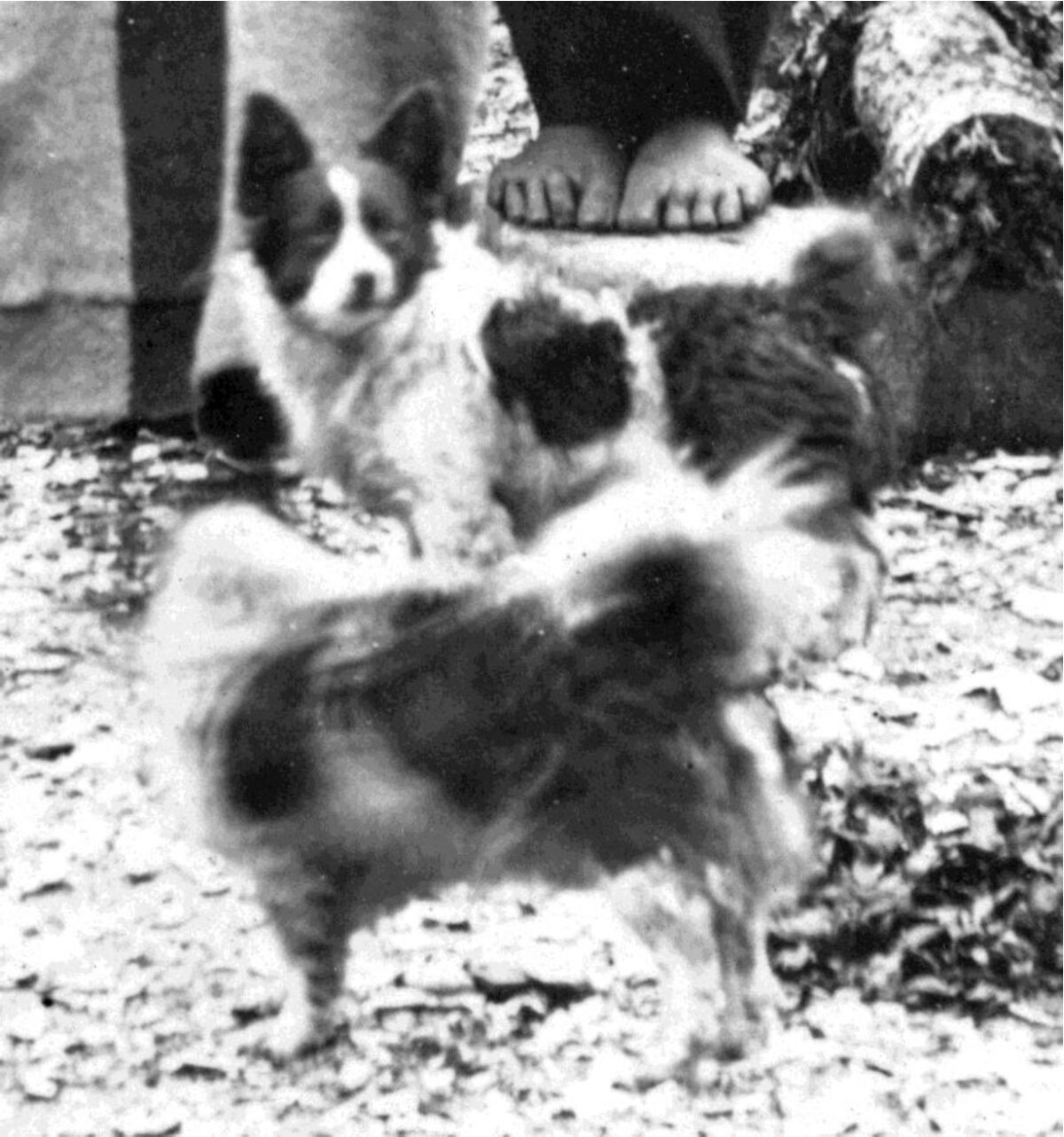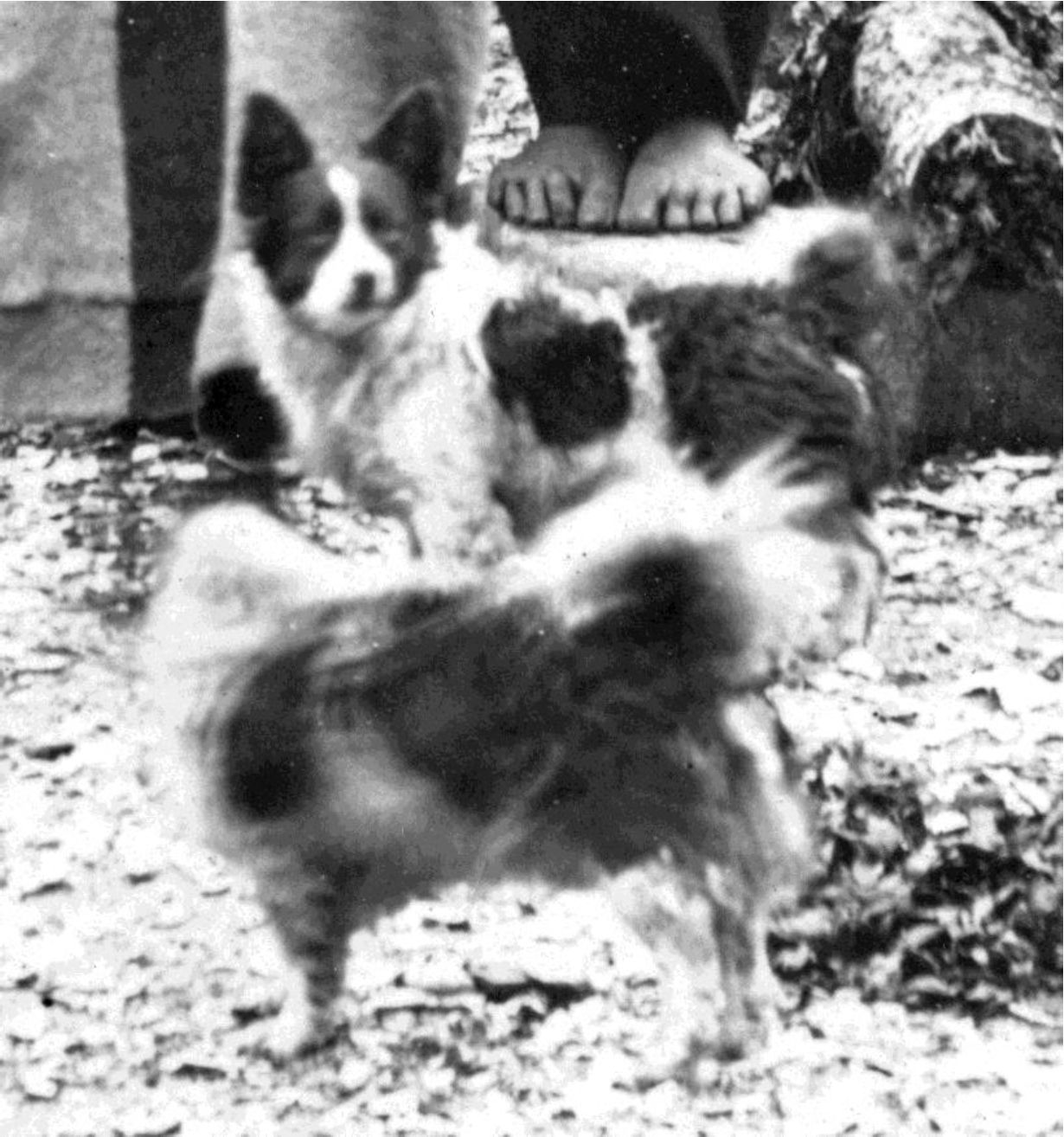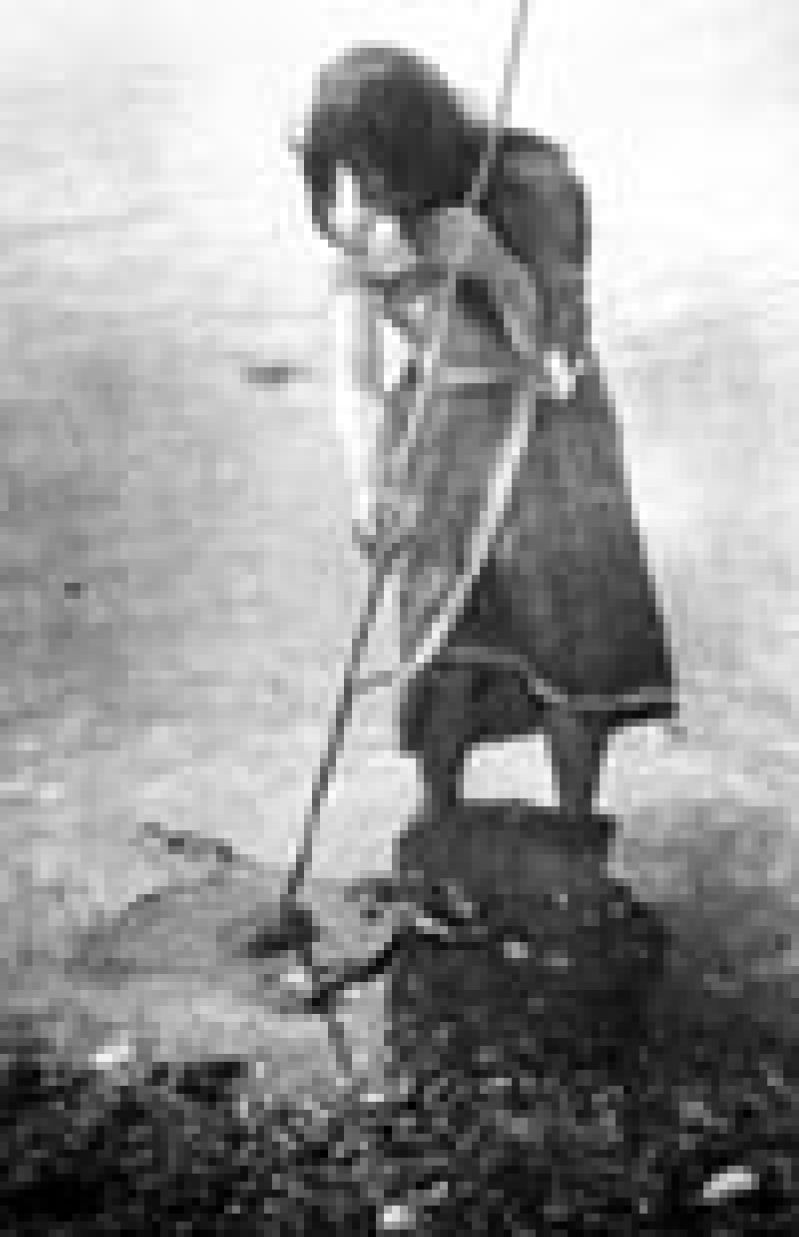
By Grant Keddie Aboriginal peoples, from the central coast of British Columbia to SW Alaska, represent the octopus in their art, myths and ceremonies. All First Nations peoples living along the coast also ate octopuses, which are high in protein. But while there are many historical accounts of skinned octopus arms being used to bait hooks for halibut fishing, there are few descriptions that have been uncovered about where and how octopuses were caught. Some accounts have been found for the south end of Vancouver Island. In 1951, James Fraser of the Songhees told anthropologist Wilson Duff that the “big rock” in Gonzales Bay was called “devilfish rock” and “If you touch that rock, devilfish come up.” It was also … Continue reading “Hunting the Devil”
